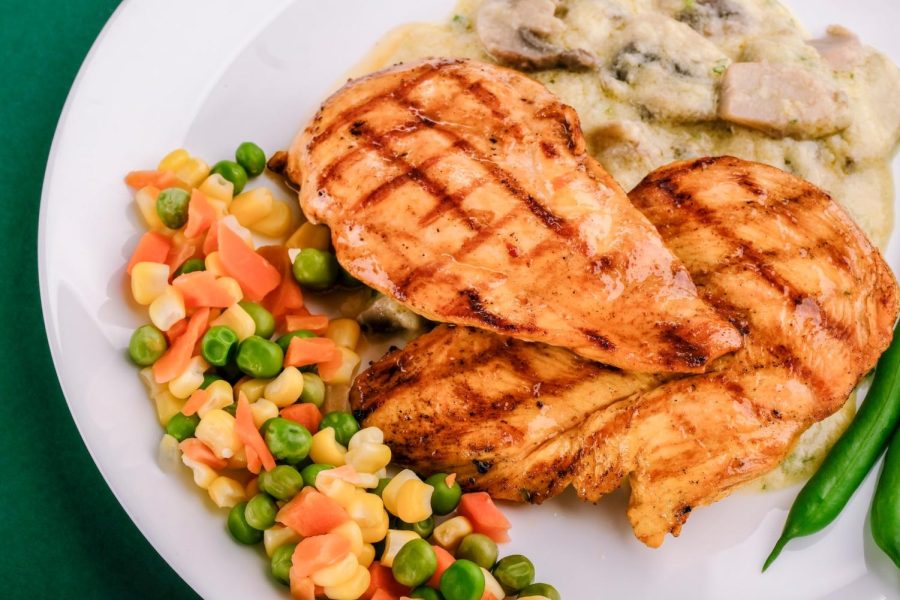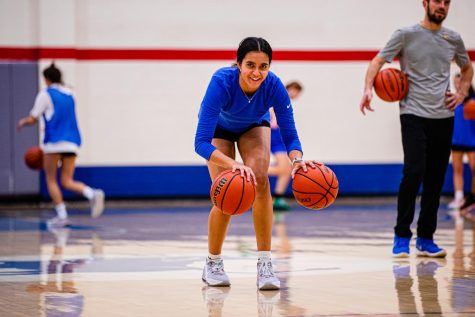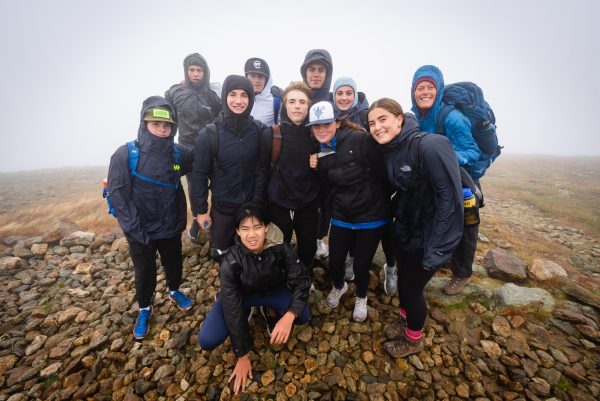Fueling Sports Nutrition at Holderness
When athletes become more serious about their chosen sport, “nutrition” comes up frequently. While important, many people will go through their athletic careers, not quite sure what nutrition means for them. There are many common nutrition misconceptions, especially in high school athletes, and it can be hard to know how you should be eating to perform your best. So how can Holderness athletes prepare, recover, and fuel themselves to the best of their ability?
First, set manageable goals for yourself (no need to cut out all Weld applesauce cake), know when to eat what, and learn what food groups you should be hitting to feel your best.
Let’s start with a nutrition timeline. About 3-4 hours before exercise, you should eat a whole meal consisting mainly of complex carbohydrates (starches, sugars, or fiber) and protein. This meal could look like meat, eggs, or any protein-rich vegetable with quinoa, lentils, or other whole-grain foods. It is important to have a source of fat as well. However, this can be more difficult for your body to digest before working out or competing. Within 2-3 hours before, have a light snack. This can be anything from a cup of fruit, oats, whole grain crackers, and some milk. Anything easy to digest can provide carbohydrates (quick energy) or calcium (muscle support). And finally, after your game, race, or workout, have a 4:1 carbohydrate: protein snack within 30-60 minutes, like a bagel or banana with peanut butter.
These basic guidelines will help you perform better, but when you read “complex carbohydrates” or “proteins,” you may wonder what that means. Here is a basic breakdown of what food groups you should familiarize yourself with. Carbohydrates, or carbs, are sugar molecules that our body breaks into glucose. Often found in bread, fruits, vegetables, and pasta, carbohydrates are often overlooked for the energy source they are and tend to be seen in a negative light through diet culture. Proteins made up of amino acids help repair cells and body tissue in muscle recovery. These are commonly found in meat, beans, eggs, and some legumes. Finally, dairy is high in calcium and crucial to maintaining strong bones.
With this knowledge of main food groups, nutrition timelines, and the importance of sports nutrition, try to translate this information to your next trip to Weld.










